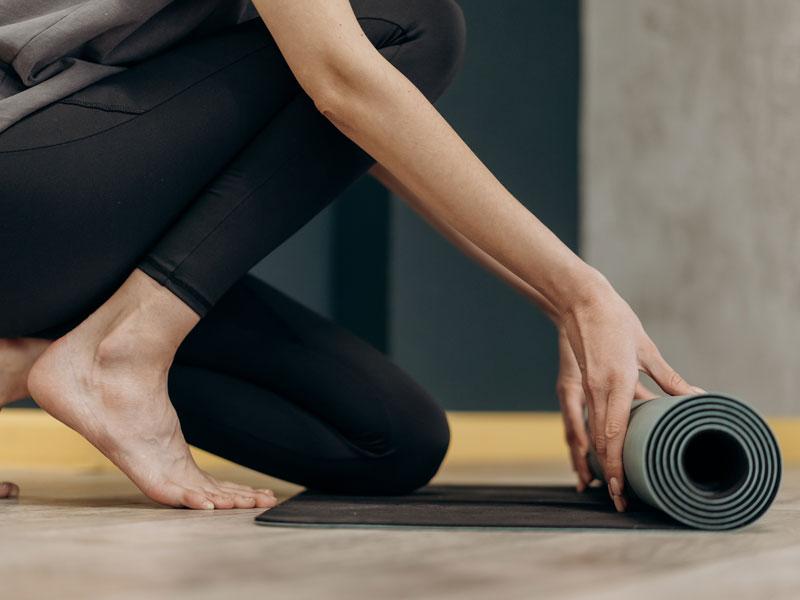Self-Myofascial Release (SMR) is a bodywork technique that has gained much traction throughout the fitness industry — especially among athletes and workout enthusiasts.

Effective and easy to perform, SMR’s popularity is largely due to its ability to improve flexibility and range of motion, reduce soreness, alleviate pain, promote tissue recovery and restore normal muscle functions. It leaves muscles healthier, relaxed, and more supple.
While it can be done using a variety of tools, SMR is mostly associated with Foam Rolling (FR) and the two terms have become practically synonymous.
What are the benefits of Foam Rolling?
The fascia is the connective tissue that surrounds every organ, bone, nerve, and muscle in the body. Injury, bad posture, overuse, inflammation, or even regular wear and tear can cause adhesions or “trigger points” to form within the fascia over time, causing it to restrict and put pressure on the muscles and joints, which in turn results to rigidity and pain on the affected area.
In order to bring relief and restore movement to the restricted muscles, the fascia must be released through myofascial release therapy, which involves stretching and applying gentle pressure to the sore areas to loosen the fascia, relieve pain, and restore performance-related abilities.
In many cases, myofascial pain can be treated at home or at the gym using a foam roller and this is why Foam Rolling is a form of Self-Myofascial Release.
Studies have shown that Foam Rolling can effectively decrease the overall effects of stress on the human mobility system, with many users claiming to “feel better” almost instantaneously.
As a self-massage technique, Foam Rolling is known to:
- reduce tissue tension, which allows for an increased range of motion in muscles and joints;
- break up myofascial adhesions that compress the muscles, helping restore smoothness to the connective tissues, improve circulation, and reduce pain;
- alleviate soreness and discomfort after sports or workout sessions, increasing the speed of recovery;
- produce feelings of relaxation and wellbeing, which in turn supports mental health.
On top of these, using a foam roller can also help intensify strengthening exercises. Used in workouts to bring instability to a smooth surface, it helps build core strength by engaging deeper-lying muscles to maintain balance.
For city dwellers who spend a lot of time driving in traffic, sitting behind a desk all day, looking down at gadgets, or bending over a keyboard, the regular use of a foam roller can help restore flexibility to the soft tissues, align the spine, and allow the body to achieve a healthier posture.
When to use foam rollers for self-myofascial release?
Foam rolling can be part of a warm-up routine before static or dynamic stretching exercises, as it can help provide tissues more elasticity while performing these activities. It can also be done as part of the cool-down process, targeting tissues that have been strained or overused.
Used during a warm-up, Foam Rolling can help reduce tension as it can elevate temperature in the muscle and fascia, allowing greater joint motion without incurring much fatigue. At this point, make sure to use the foam roller only for a brief period of time as applying too much pressure on the muscle for too long can affect its ability to contract and produce force during the actual workout.
Foam Rolling is also great for recovery, so it’s also ideal to use when cooling down right after a heavy workout before stretching. Roll on the muscle groups that were used extensively during the workout, as well as the areas above and below them. While rolling, make sure that the muscle you are targeting is extended and stretched. If you find a “knot” on the area, you can also try to loosen it by using the knobs or ridges to apply pressure for a few seconds.
Guidelines to start
The basics of Foam Rolling can be simple as 1-2-3. One, position the foam roller under your targeted muscle. Two, apply pressure with your body. Three, roll slowly.
The goal is to stretch and loosen the constricted fascia so that the muscles and joints beneath them can move freely without pain. To achieve this, the foam roller must be applied properly.
When using a foam roller, it is advisable to target big muscle groups like the back, the legs, or the glutes, then use your body weight to slowly rolling back and forth the desired area, covering about two to six inches at a time.
Experts generally advise to avoid rolling over smaller joints like elbows, ankles, and knees, as well as to avoid rolling directly on a joint or bone. For lower back pain, using a tennis or lacrosse ball is more frequently advised in order to protect the spine.
Remember: Never roll directly on the source of the pain. Applying pressure right on the sore spot can create increase tension, inflammation, and discomfort. Instead, roll around the surrounding areas as these are likely pulling on the painful area and can be released more easily.
Carefully roll on the targeted area until you find the most tender spot. Hold on that spot until the tightness is reduced. You can begin with five to 10 seconds just to make the area more pliant, then you can work up to 15, 30 seconds, even 60 seconds. Spend enough time in each painful section to carefully roll out and release the fascia, but make sure not to overdo it to the point of excessive soreness.
Because pressure is being applied to a tight or sore muscle, it’s normal to feel a bit of discomfort when using a foam roller, especially for beginners. But it should be a “good” kind of pain that eventually leads to a feeling of relief — not pain that is sharp, unbearable or prolonged. You will know if you did the session properly if the sore spot feels better after you’re done.
If you have a serious injury, such as a torn muscle, avoid using a foam roller unless your doctor or physical therapist has cleared you first.
Top foam roller exercises
Here are some basic foam roller exercises to get you started:
Calves
- Sit on the floor with your legs extended. Place foam roller under the mid-calf.
- Cross the opposite leg over the other for extra pressure.
- Slowly roll calf area back and forth to find the most tender spot.
- Hold that spot for 30-90 seconds until the discomfort is reduced.
- Switch legs and repeat.
Adductors
- Lie face down and place one leg across the foam roller so that it sits just above the knee on your inner thigh.
- Engaging your core muscles, slowly roll the upper, inner thigh area to find the most tender spot. Hold for 30-90 seconds until the discomfort is reduced.
- Switch legs and repeat.
Tensor Fascia Latae (TFL)
- Lie on one side with the foam roller positioned on the side of your thigh.
- Cross the top leg over the lower leg, placing that foot on the floor.
- Slowly roll between your knee and glute, stopping at the tender spots. Hold for 30-90 seconds until the discomfort is reduced.
- Switch sides and repeat.
Hamstrings
- Sit on the floor with legs extended. Position the foam roller under your hamstrings.
- Lift your body so that your weight is resting on the foam roller.
- Slowly roll between the back and your knees and the glutes.
- Hold on the tender spots for 30-90 seconds until the discomfort is reduced.
- Repeat on other side.
Lats
- Lie on one side with the arm closest to the ground outstretched with thumb facing upwards.
- Place the foam roller under the arm in the axillary region.
- Slowly roll from the armpit to the mid-back area to find the tender spot and hold for 30-90 seconds until the discomfort is reduced.
- Switch and repeat on other side.
Thoracic Spine (Upper Back)
- Lie on the floor with the foam roller positioned underneath the upper back. Knees should be bent with feet flat on the floor.
- Cross arms to opposite shoulders.
- Raise hips off the floor and lift yourself to a shallow bridge position.
Slowly roll back and forth to find the tender spot between the lower neck and mid-back section. Hold for 30-90 seconds. (Do not roll on your lower back!)


